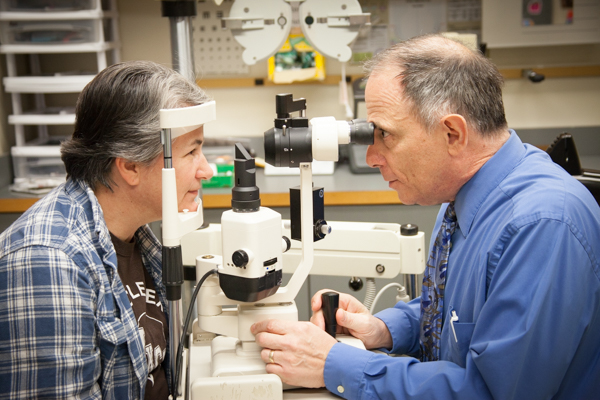Neighborhood Glaucoma Service Near Me: Relied On Professionals for Eye Wellness
Neighborhood Glaucoma Service Near Me: Relied On Professionals for Eye Wellness
Blog Article
The Role of Advanced Diagnostic Tools in Identifying Eye Disorders
In the world of ophthalmology, the application of innovative analysis devices has revolutionized the early recognition and management of different eye problems. From identifying subtle changes in the optic nerve to monitoring the progression of retinal conditions, these technologies play a pivotal function in enhancing the accuracy and efficiency of detecting ocular problems. As the need for accurate and timely diagnoses remains to grow, the combination of innovative tools like optical coherence tomography and visual field testing has come to be crucial in the realm of eye care. The elaborate interplay in between technology and ophthalmic practices not just sheds light on detailed pathologies yet likewise opens up doors to tailored treatment techniques.
Relevance of Very Early Diagnosis
Early diagnosis plays a critical duty in the reliable monitoring and treatment of eye problems. By spotting eye conditions at a very early stage, medical care service providers can provide appropriate treatment strategies tailored to the specific problem, eventually leading to much better end results for people.

Modern Technology for Spotting Glaucoma
Cutting-edge analysis modern technologies play a crucial duty in the early detection and tracking of glaucoma, a leading cause of irreparable loss of sight worldwide. Another innovative device is visual area testing, which maps the level of sensitivity of a patient's visual area, helping to identify any type of locations of vision loss characteristic of glaucoma. These innovative analysis devices make it possible for eye doctors to detect glaucoma in its very early phases, allowing for timely treatment and better management of the disease to prevent vision loss.
Function of Optical Comprehensibility Tomography

OCT's capacity to measure retinal nerve Source fiber layer density enables specific and objective dimensions, assisting in the early discovery of glaucoma even prior to visual field problems become apparent. In addition, OCT modern technology permits longitudinal tracking of architectural changes with time, facilitating personalized treatment strategies and prompt interventions to aid maintain individuals' vision. The non-invasive nature of OCT imaging likewise makes it a preferred option for keeping track of glaucoma progression, as it can be repeated frequently without creating pain to the client. Generally, OCT plays an essential duty in improving the analysis precision and monitoring of glaucoma, eventually contributing to much better results for individuals in danger of vision loss.
Enhancing Diagnosis With Visual Field Testing
A crucial part in thorough ophthalmic assessments, visual field screening plays an essential function in boosting the diagnostic procedure for various eye problems. By examining the full degree of a client's aesthetic field, this examination gives crucial details regarding the useful stability of the whole aesthetic pathway, from the retina to the visual cortex.
Visual field testing is especially valuable in the diagnosis and management look at more info of conditions such as glaucoma, optic nerve disorders, and numerous neurological diseases that can influence vision. With measurable measurements of outer and central vision, clinicians can spot subtle modifications that might suggest the visibility or development of these problems, also before noticeable symptoms occur.
Moreover, visual field screening permits the surveillance of treatment efficacy, helping ophthalmologists customize restorative treatments to specific patients. eyecare near me. By tracking changes in visual field efficiency in time, doctor can make educated decisions concerning readjusting medications, suggesting medical interventions, or implementing various other ideal actions to protect or enhance a person's aesthetic function
Handling Macular Degeneration

Final Thought
In final thought, progressed analysis tools play a crucial function in identifying eye conditions early on. Technologies such as Optical Comprehensibility Tomography and visual area testing have actually significantly boosted the accuracy and efficiency of diagnosing conditions like glaucoma and macular deterioration.
Report this page